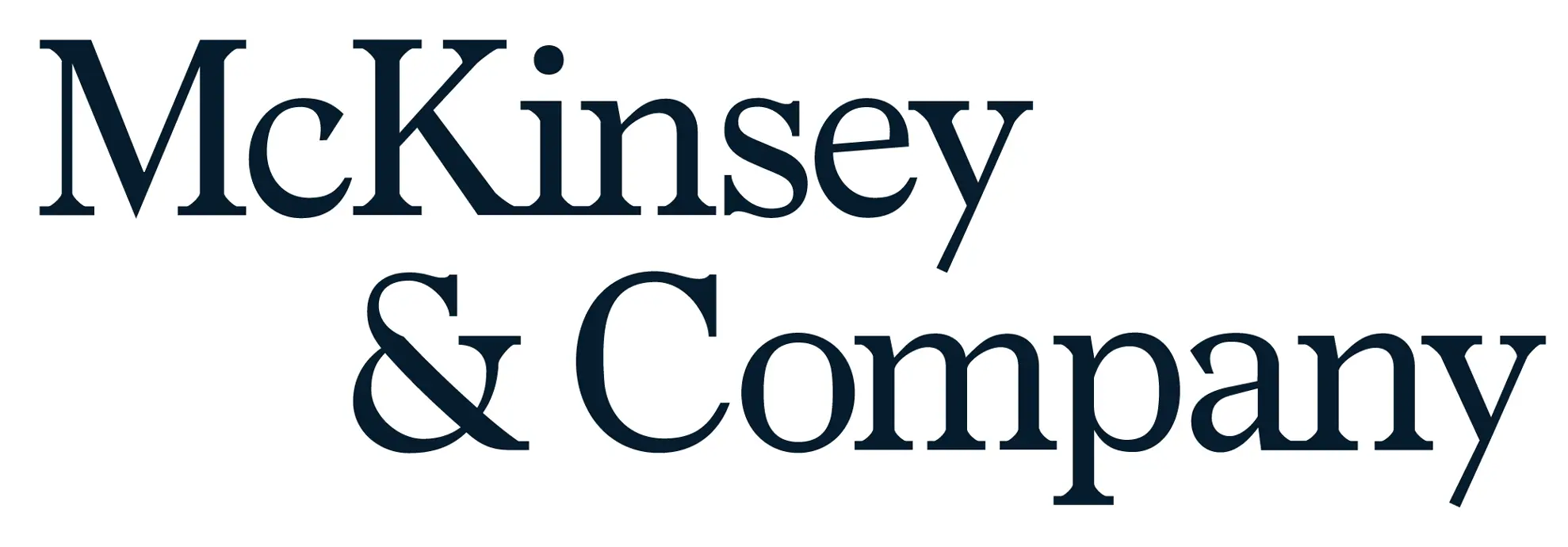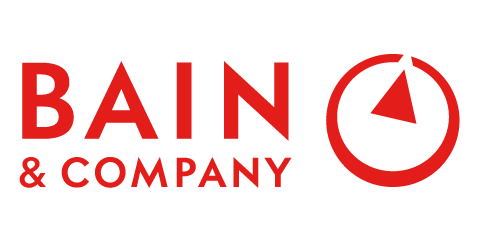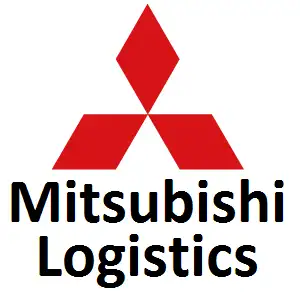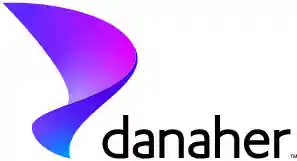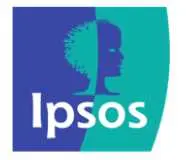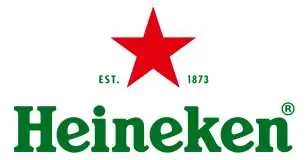
Smart Water Management Market Trends, Growth, Size, Revenue, Demand and Future Outlook
Smart Water Management Market Growth, Size, Trends Analysis - By Offering, By End Use - Regional Outlook, Competitive Strategies and Segment Forecast to 2034
| Published: Apr-2025 | Report ID: IACT2561 | Pages: 1 - 259 | Formats*: |
| Category : Information & Communications Technology | |||
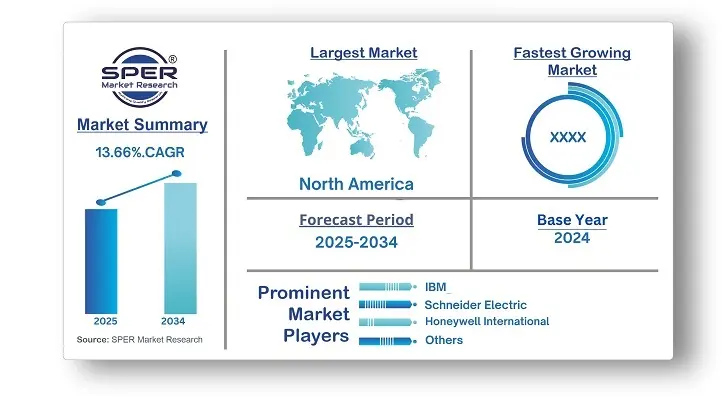
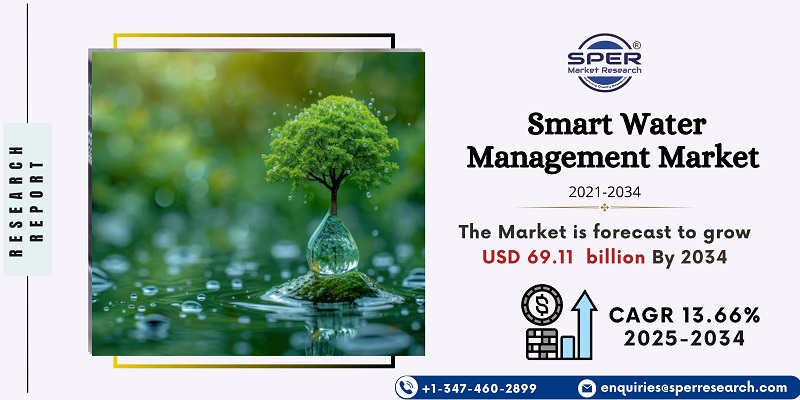
- In January 2025, Hydrific introduced 'Droplet,' a compact water-use sensor designed to help homeowners monitor and manage their water consumption in real-time. Utilizing ultrasonic sensors and machine learning, Droplet detects leaks and irregular usage patterns, providing insights through a mobile app. The device has garnered substantial market interest, raising significant funds through Kickstarter and receiving industry accolades.
- In September 2024, Mérida, Spain, received national recognition for its microalgae-based wastewater treatment plant, the largest of its kind in Europe. This innovative facility cultivates microalgae using nutrients from wastewater to produce biomass, which can be converted into biofertilizers and biopesticides, aligning with sustainable development goals.
- In august 2024, Discussions emphasized the role of smart policies, digital water management, and the transformation of traditional infrastructure in addressing water scarcity and enhancing efficiency. These advancements are paving the way for a resilient and adaptive water future, integrating technology with sustainable practices.
- In May 2024, Siemens has announced the debut of AI-powered tools targeted at changing water infrastructure management. These revolutionary apps use artificial intelligence (AI) and machine learning to improve the efficiency, dependability, and sustainability of water systems around the world. Siemens' AI solutions are intended to address important difficulties in water management, such as maximizing operating performance, forecasting maintenance requirements, and improving resource allocation. The AI-based apps provide utilities and municipalities with actionable insights by analyzing enormous amounts of data generated from IoT sensors and smart devices in order to optimize water distribution, detect leaks, and assure water quality compliance.
| Report Metric | Details |
| Market size available for years | 2021-2034 |
| Base year considered | 2024 |
| Forecast period | 2025-2034 |
| Segments covered | By Offering, By End Use |
| Regions covered | North America, Latin America, Asia-Pacific, Europe, and Middle East & Africa |
| Companies Covered | ABB, Honeywell International, IBM, Itron, Landis+Gyr, Oracle, Schneider Electric, Siemens, SUEZ, Trimble |
- Global Smart Water Management Market Size (FY’2021-FY’2034)
- Overview of Global Smart Water Management Market
- Segmentation of Global Smart Water Management Market By Offering (Water Meters, Solutions and Services)
- Segmentation of Global Smart Water Management Market By End Use (Residential, Commercial and Industrial)
- Statistical Snap of Global Smart Water Management Market
- Expansion Analysis of Global Smart Water Management Market
- Problems and Obstacles in Global Smart Water Management Market
- Competitive Landscape in the Global Smart Water Management Market
- Details on Current Investment in Global Smart Water Management Market
- Competitive Analysis of Global Smart Water Management Market
- Prominent Players in the Global Smart Water Management Market
- SWOT Analysis of Global Smart Water Management Market
- Global Smart Water Management Market Future Outlook and Projections (FY’2025-FY’2034)
- Recommendations from Analyst
1.1. Scope of the report1.2. Market segment analysis
2.1. Research data source
2.1.1. Secondary Data2.1.2. Primary Data2.1.3. SPER’s internal database2.1.4. Premium insight from KOL’s
2.2. Market size estimation
2.2.1. Top-down and Bottom-up approach
2.3. Data triangulation
4.1.1. Drivers4.1.2. Restraints4.1.3. Opportunities4.1.4. Challenges
5.1. SWOT Analysis
5.1.1. Strengths5.1.2. Weaknesses5.1.3. Opportunities5.1.4. Threats
5.2. PESTEL Analysis
5.2.1. Political Landscape5.2.2. Economic Landscape5.2.3. Social Landscape5.2.4. Technological Landscape5.2.5. Environmental Landscape5.2.6. Legal Landscape
5.3. PORTER’s Five Forces
5.3.1. Bargaining power of suppliers5.3.2. Bargaining power of buyers5.3.3. Threat of Substitute5.3.4. Threat of new entrant5.3.5. Competitive rivalry
5.4. Heat Map Analysis
6.1. Global Smart Water Management Market Manufacturing Base Distribution, Sales Area, Interface Type6.2. Mergers & Acquisitions, Partnerships, Interface Launch, and Collaboration in Global Smart Water Management Market
7.1. Water Meters
7.2. Solutions
7.2.1. Asset Management7.2.2. Distribution Network Monitoring7.2.3. Supervisory Control and Data Acquisition (SCADA)7.2.4. Meter Data Management (MDM)7.2.5. Analytics7.2.6. Others
7.3. Services
7.3.1. Integration & Deployment7.3.2. Support & Maintenance7.3.3. Consulting
8.1. Residential8.2. Commercial8.3. Industrial
9.1. Global Smart Water Management Market Size and Market Share
10.1.Asia-Pacific
10.1.1. Australia10.1.2. China10.1.3. India10.1.4. Japan10.1.5. South Korea10.1.6. Rest of Asia-Pacific
10.2. Europe
10.2.1. France10.2.2. Germany10.2.3. Italy10.2.4. Spain10.2.5. United Kingdom10.2.6. Rest of Europe
10.3. Middle East and Africa
10.3.1. Kingdom of Saudi Arabia10.3.2. United Arab Emirates10.3.3. Qatar10.3.4. South Africa10.3.5. Egypt10.3.6. Morocco10.3.7. Nigeria10.3.8. Rest of Middle-East and Africa
10.4. North America
10.4.1. Canada10.4.2. Mexico10.4.3. United States
10.5. Latin America
10.5.1. Argentina10.5.2. Brazil10.5.3. Rest of Latin America
11.1. ABB
11.1.1. Company details11.1.2. Financial outlook11.1.3. Interface summary11.1.4. Recent developments
11.2. Honeywell International
11.2.1. Company details11.2.2. Financial outlook11.2.3. Interface summary11.2.4. Recent developments
11.3. IBM
11.3.1. Company details11.3.2. Financial outlook11.3.3. Interface summary11.3.4. Recent developments
11.4. Itron11.4.1. Company details11.4.2. Financial outlook11.4.3. Interface summary11.4.4. Recent developments
11.5. Landis+Gyr
11.5.1. Company details11.5.2. Financial outlook11.5.3. Interface summary11.5.4. Recent developments
11.6. Oracle
11.6.1. Company details11.6.2. Financial outlook11.6.3. Interface summary11.6.4. Recent developments
11.7. Schneider Electric
11.7.1. Company details11.7.2. Financial outlook11.7.3. Interface summary11.7.4. Recent developments
11.8. Siemens
11.8.1. Company details11.8.2. Financial outlook11.8.3. Interface summary11.8.4. Recent developments
11.9. SUEZ
11.9.1. Company details11.9.2. Financial outlook11.9.3. Interface summary11.9.4. Recent developments
11.10. Trimble
11.10.1. Company details11.10.2. Financial outlook11.10.3. Interface summary11.10.4. Recent developments
SPER Market Research’s methodology uses great emphasis on primary research to ensure that the market intelligence insights are up to date, reliable and accurate. Primary interviews are done with players involved in each phase of a supply chain to analyze the market forecasting. The secondary research method is used to help you fully understand how the future markets and the spending patterns look likes.
The report is based on in-depth qualitative and quantitative analysis of the Product Market. The quantitative analysis involves the application of various projection and sampling techniques. The qualitative analysis involves primary interviews, surveys, and vendor briefings. The data gathered as a result of these processes are validated through experts opinion. Our research methodology entails an ideal mixture of primary and secondary initiatives.
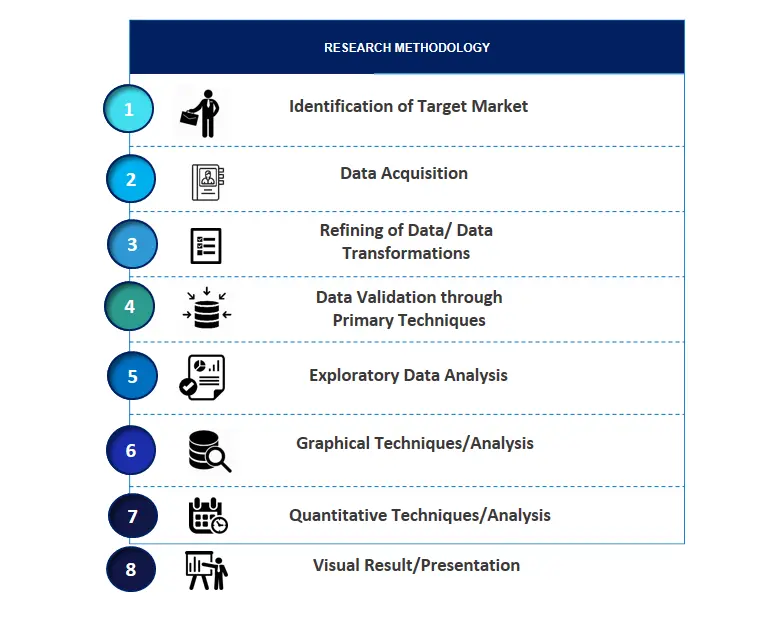
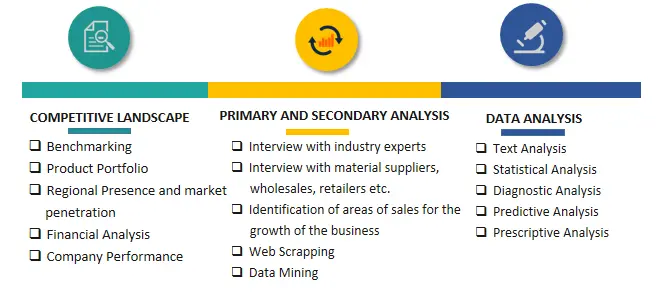

Frequently Asked Questions About This Report
PLACE AN ORDER
Year End Discount
Sample Report
Pre-Purchase Inquiry
NEED CUSTOMIZATION?
Request CustomizationCALL OR EMAIL US
100% Secure Payment

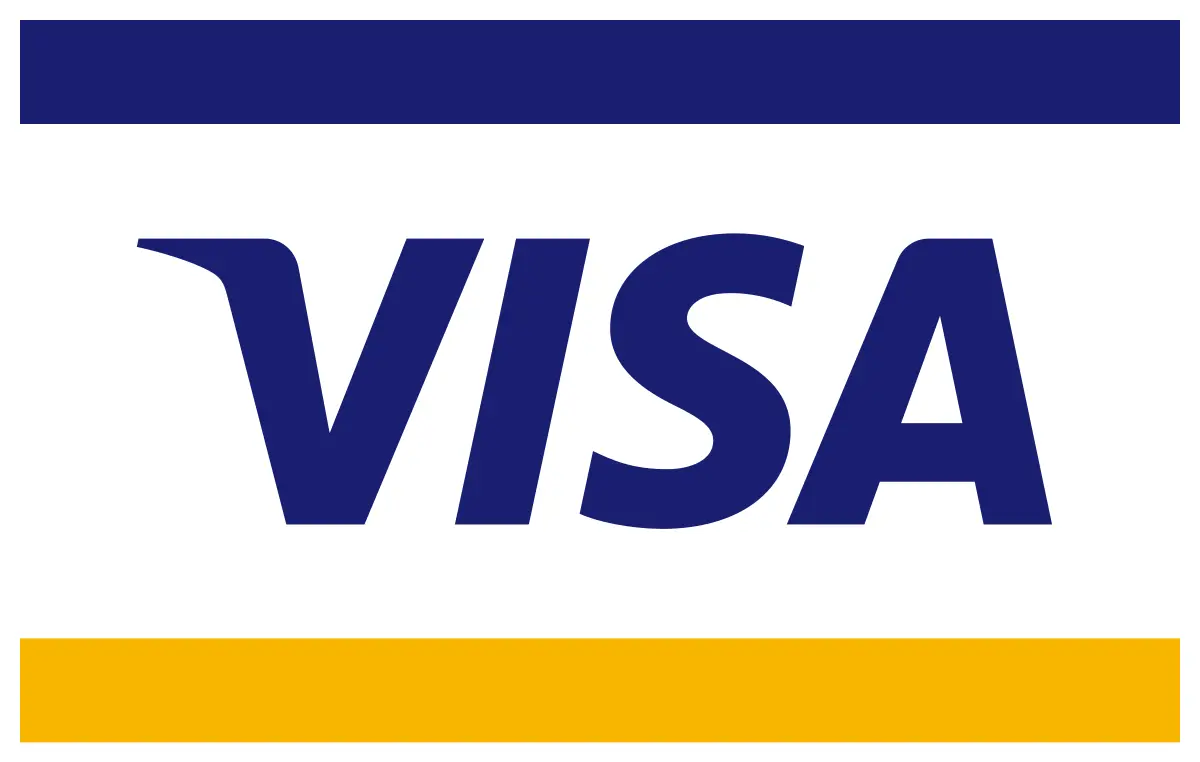

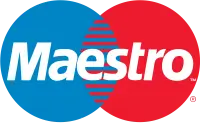


Related Reports
Our Global Clients
Our data-driven insights have influenced the strategy of 200+ reputed companies across the globe.






